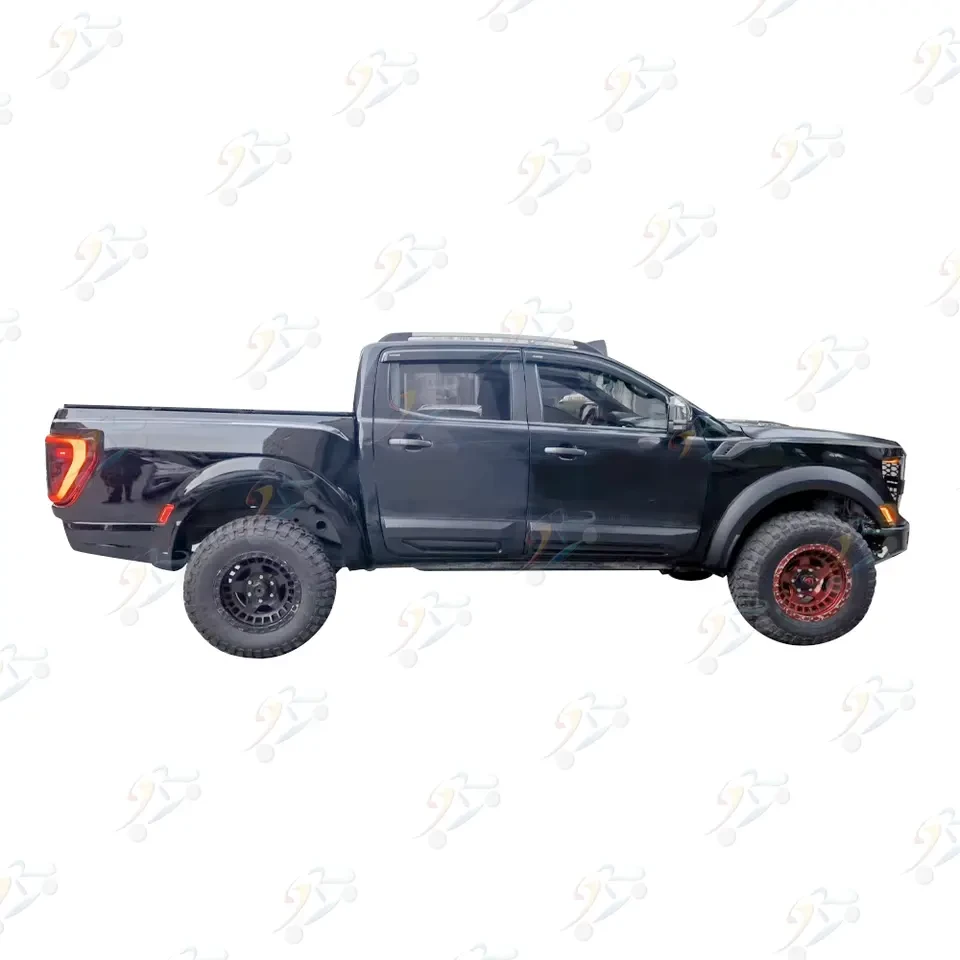

Introduction
When it comes to car modifications, installing a wide body kit is a popular choice among enthusiasts. Not only does it enhance the appearance of a vehicle, but it also improves performance by providing better aerodynamics and increased stability. However, one crucial decision to make when choosing a wide body kit is the material it is made of. The two most common materials used for wide-body kits are fibreglass and carbon fibre. In this blog post, we will explore the differences between these two materials to help you make an informed decision.

Fibreglass: Affordable and Easy to Repair
Fibreglass is a composite material made of glass fibres embedded in a resin matrix. It has been widely used in the automotive industry due to its affordability and ease of manufacturing. Fibreglass wide body kits are relatively inexpensive compared to carbon fibre ones, making them a popular choice for car enthusiasts on a budget. Additionally, fibreglass is a flexible material, allowing for easier installation and repair. If you accidentally damage your wide body kit, it can be easily fixed by patching up the damaged area with fibreglass resin.
Drawbacks of Fibreglass: Weight and Durability
Despite its advantages, fibreglass does have some drawbacks. Firstly, it is heavier than carbon fibre, which can negatively impact the performance of your vehicle. The added weight can affect acceleration, braking, and overall handling. Secondly, fibreglass is not as strong as carbon fibre, making it more prone to cracking or breaking under stress. If you plan on driving your car aggressively or participating in motorsports events, a fibreglass wide body kit may not be the best choice.
Carbon Fibre: Lightweight and Strong
Carbon fibre is a lightweight and incredibly strong material. It is made of carbon atoms bonded together in a crystal lattice structure, resulting in a material that is five times stronger than steel but weighs only a fraction of its weight. Carbon fibre wide body kits are known for their high strength-to-weight ratio, which translates to improved performance and handling. The reduced weight of the carbon fibre wide body kit can also lead to better fuel efficiency.
Benefits of Carbon Fibre: Performance and Longevity
In addition to its strength and lightweight properties, carbon fibre is highly resistant to corrosion and UV radiation. This means that a carbon fibre wide body kit will maintain its appearance and structural integrity for a longer period of time compared to a fibreglass one. However, it is worth noting that carbon fibre wide body kits are significantly more expensive than their fibreglass counterparts. The manufacturing process for carbon fibre is more complex and time-consuming, which drives up the cost.
Cost Comparison: Fibreglass vs. Carbon Fibre
The choice between fibreglass and carbon fibre wide body kits also depends on your budget. Fibreglass kits are more affordable, making them a suitable option for those on a tight budget. On the other hand, carbon fibre kits are more expensive due to their high performance and durability. It is essential to consider your financial constraints before making a decision.
Making the Decision: Budget, Use, and Preferences
Ultimately, the choice between a fibreglass and carbon fibre wide body kit depends on your budget, intended use, and personal preferences. If you prioritise affordability and ease of repair, a fibreglass wide body kit may be the better option for you. However, if you are willing to invest in a high-performance and durable upgrade, a carbon fibre wide body kit is the way to go. It is crucial to carefully weigh the advantages and disadvantages of each material before making a decision.

Conclusion
When choosing a wide body kit for nissan navar, the material it is made of plays a significant role. Fibreglass offers affordability and easy repair, but it is heavier and less durable compared to carbon fibre. Carbon fibre, on the other hand, provides lightweight strength and longevity, but at a higher cost. Consider your budget, intended use, and personal preferences before making a decision. Both materials have their advantages and disadvantages, so choose wisely to achieve the desired performance and aesthetics for your vehicle.
Email format error
Email cannot be empty
Email already exists
6-20 characters(letters plus numbers only)
The password is inconsistent
Email format error
Email cannot be empty
Email does not exist
6-20 characters(letters plus numbers only)
The password is inconsistent